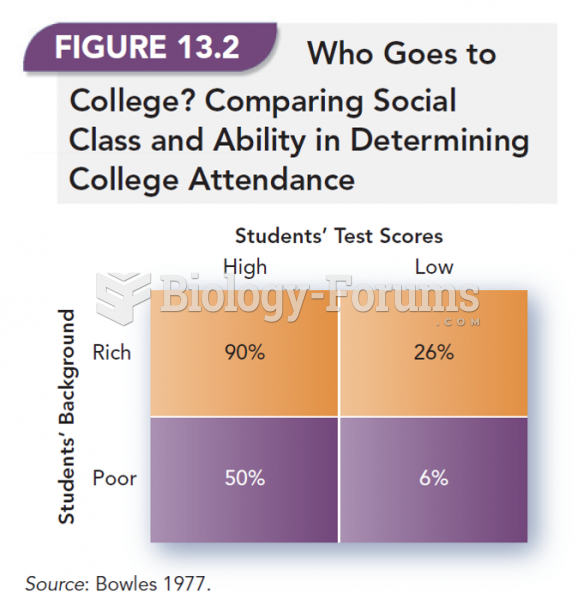Answer to Question 1
D
The family has raised a number of concerns, but the major issues appear to be the effect caregiving has had on the family and their concerns about the patient's future. The National Alliance on Mental Illness (NAMI) offers support, education, resources, and access to other families who have experience with the issues now facing this family. In particular, NAMI can help address caregiver burden and planning for the future needs of SMI persons. Improving the patient's symptom control and general functioning can help reduce caregiver burden but would likely be a slow process, whereas NAMI involvement could benefit them on a number of fronts, possibly in a shorter time period. The family will need more than financial planning help as their issues go beyond the financial. The family is distressed but not in crisis, and crisis intervention is not really an appropriate resource for the longer-term issues and needs affecting this family.
Answer to Question 2
B
The case manager helps the patient gain entrance into the system of care, can coordinate multiple referrals that so often confuse the seriously mentally ill person and his family, and can help overcome obstacles to access and treatment participation. Case managers do not usually possess the credentials needed to provide psychotherapy or function as therapists. Case management promotes efficient use of services in general, but only ASSERTIVE COMMUNITY TREATMENT (ACT) programming has been shown to reduce hospitalization (which the brother might see as a disadvantage). Case managers operate in the community, but this is not the primary advantage of their services.







